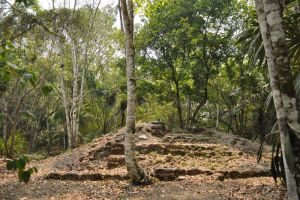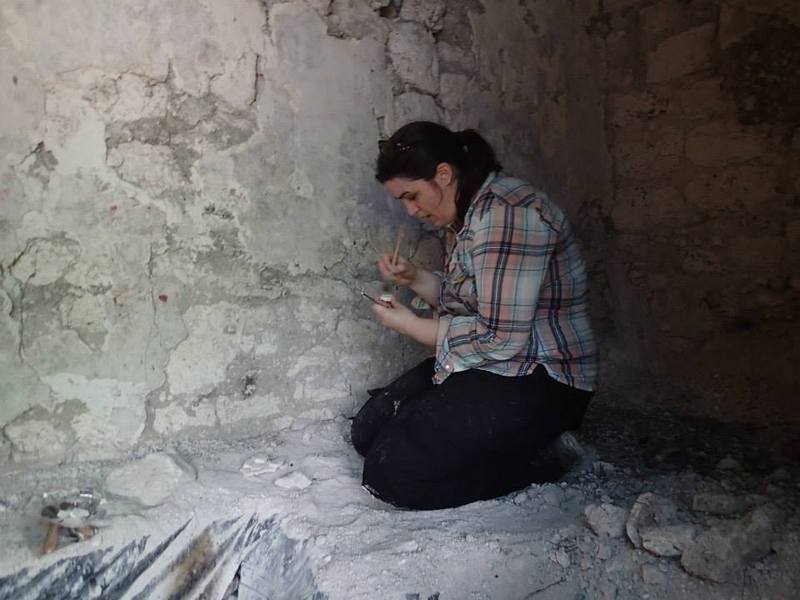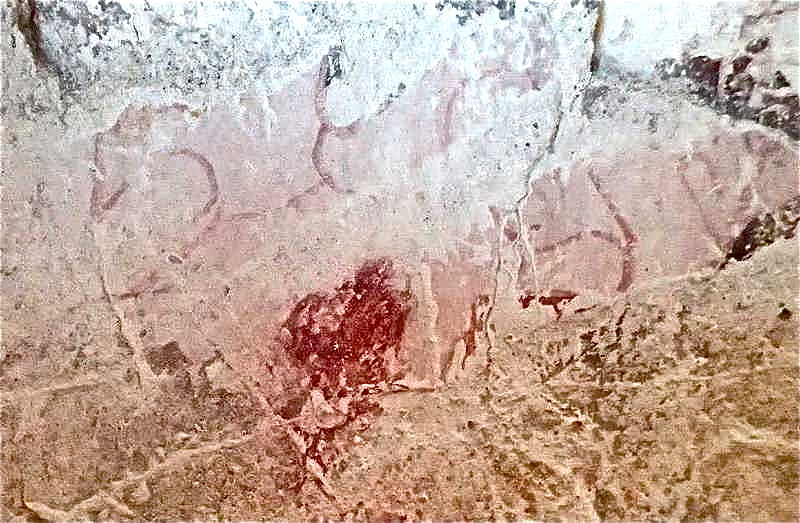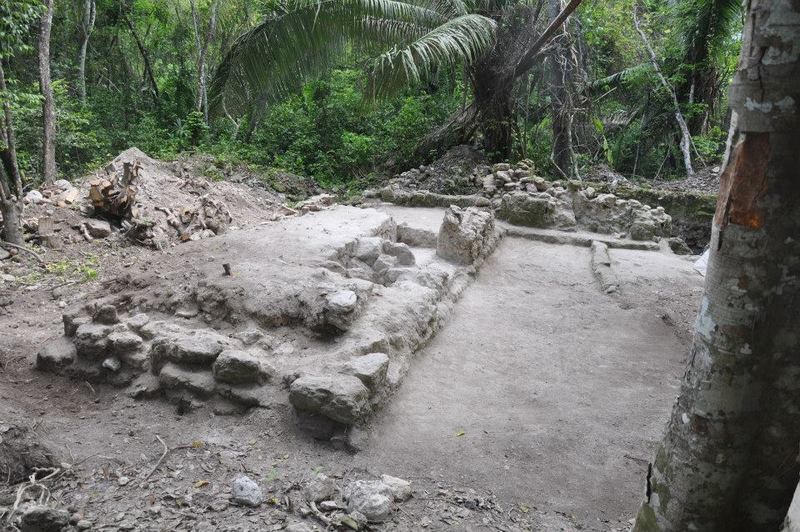
As you read this article, a team of archaeologists, students and volunteers are busy methodically digging up ancient structures and artifacts at archaeological sites in Belize with names like Xnoha, Nojol Nah, and Tulix Mul. These sites contain the remains of ancient Maya settlements. The work is carefully planned, slow, and meticulously executed; and like any physical labor in a subtropical environment during the summer months, it can be sweaty, dirty, and tiring. For these students and volunteers, there is no monetary reward for this. They do it because of the excitement of discovery and the new knowledge it will generate about the life-ways of people who are long gone.
But this team is working against time. These sites, especially Nojol Nah, face the real possibility of destruction before the investigators can glean all of the information they need, and conserve what they can find. In the interest of local farming, ranching and economic progress, these cultural treasures may have to take a back seat. It is a story much like many others across Central America, not to mention the rest of the world.
There is a solution. It has already been realized for a site called Grey Fox, also in Belize and not far from where the archaeological team is now excavating. Under the leadership of Dr. Thomas Guderjan of the Maya Research Program (MRP), a U.S.-based non-profit corporation, archaeologists, preservationists and donors successfully purchased the Grey Fox site and now hope to protect it for future conservation and research. It is also under the MRP that teams are now excavating at Xnoha, Nojol Nah, and Tulix Mul. The MRP, affiliated with the University of Texas at Tyler, has been conducting field operations in northwestern Belize for more than two decades.
“We found the site [Grey Fox] about 14 years ago and mapped it in 2010,” said Dr. Thomas Guderjan, current President of MRP. “It is significant in that it is one of several unlooted sites remaining in northwestern Belize. If we had not purchased it, Grey Fox would surely have been bulldozed within the next 5 years. The land was owned by a group of farmers who were preparing to remove the forest and bulldoze the site.”
Guderjan and colleagues now hope to do the same for the other sites; particularly Nojol Nah, which faces the most acute danger. In partnership with Popular Archaeology Magazine’s Adopt-a Site program, the MRP is getting the word out to potential donors who may be interested in becoming a part of saving this Maya heritage for continuing research, conservation, public education, and tourism. The goal is to purchase approximately 100 acres at a cost of $40,000, an acreage and sum that site investigators believe will secure it for posterity.
_____________________________________
 Pieta Greaves, busy at work on the newly discovered mural at Tulix Mul. Pieta is the Staffordshire Hoard Conservation Project Manager at the Birmingham Museums Trust in the U.K. This mural, now being uncovered, examined and preserved, is one among only a few other known Maya murals found in Central America. Courtesy Maya Research Program
Pieta Greaves, busy at work on the newly discovered mural at Tulix Mul. Pieta is the Staffordshire Hoard Conservation Project Manager at the Birmingham Museums Trust in the U.K. This mural, now being uncovered, examined and preserved, is one among only a few other known Maya murals found in Central America. Courtesy Maya Research Program
______________________________________________
 Close-up view of the partially uncovered Tulix Mul mural. Courtesy Maya Research Program
Close-up view of the partially uncovered Tulix Mul mural. Courtesy Maya Research Program
___________________________________
 Overview of the excavated remains of an elite residential structure at Nojol Nah. Courtesy Maya Research Program
Overview of the excavated remains of an elite residential structure at Nojol Nah. Courtesy Maya Research Program
____________________________________
“Now that it is possible to purchase more land,” said Guderjan, “I hope to purchase more properties and open an archaeological reserve.”
For more information about the endangered sites and how to donate, anyone can go to the Adopt-a-Site website and help make a difference.
________________________________________________
Read about the most fascinating discoveries with a premium subscription to Popular Archaeology Magazine. Find out what Popular Archaeology Magazine is all about. AND MORE:
On the go? Purchase the mobile version of the current issue of Popular Archaeology Magazine here for only $2.99.
Popular Archaeology’s annual Discovery Edition eBook is a selection of the best stories published in Popular Archaeology Magazine in past issues, with an emphasis on some of the most significant, groundbreaking, or fascinating discoveries in the fields of archaeology and paleoanthropology and related fields. At least some of the articles have been updated or revised specifically for the Discovery edition. We can confidently say that there is no other single issue of an archaeology-related magazine, paper print or online, that contains as much major feature article content as this one. The latest issue, volume 2, has just been released. Go to the Discovery edition page for more information.




